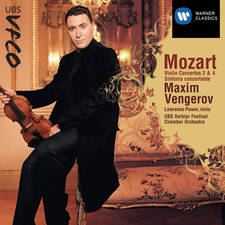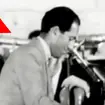George Gershwin: 15 facts about the great composer
George Gershwin wrote great songs and shows for the theatre, but he always fancied himself as a serious composer. And he was - in fact, one of the 20th century’s greatest.
-
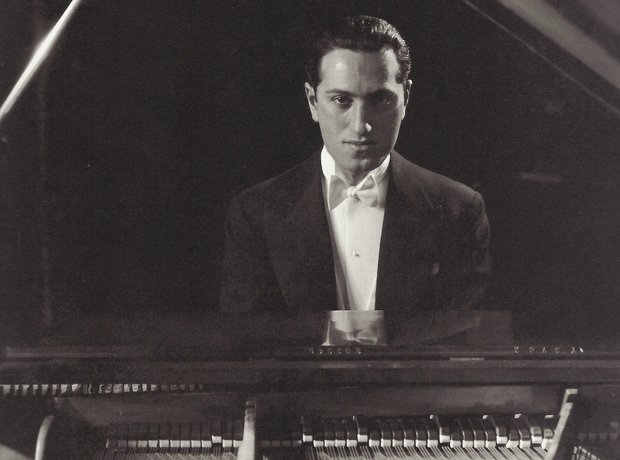
1. Humble origins
George Gershwin was born in New York City into a Russian Jewish immigrant family. As a boy, George frequented the local Yiddish theatres, ran errands for them and appeared onstage as an extra. Around the age of 10, he took to playing the piano his parents had bought for his older brother Ira.
-
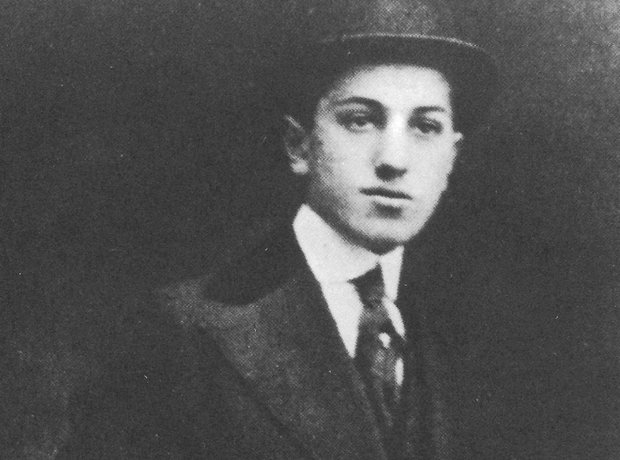
2. 'The boy is a genius'
The acclaimed piano teacher Charles Hambitzer took Gershwin on at the age of 14 and immediately realized the level of talent he had on his hands. ‘I have a new pupil who will make his mark if anybody will. The boy is a genius,’ Hambitzer wrote to his sister. Gershwin was sent off to concerts and given significant pieces by the great composers to learn for the piano. Hambitzer's efforts certainly paid off.
-

3. Tin Pan Alley
Gershwin began his career as a song plugger in New York’s Tin Pan Alley. To earn extra, he also worked as a rehearsal pianist for Broadway singers. In 1916, he composed his first published song, ‘When You Want ’Em You Can’t Get ’Em.’ His first big hit was 'Swanee', composed in 10 minutes on a bus. Not long afterwards, the singer Al Jolson heard it and recorded it. ‘Swanee’ sold a million sheet music copies, and an estimated two million records. It became the biggest-selling song of Gershwin’s career.
-

4. Early works for the stage
In his 20s, Gershwin started composing Broadway musical theatre works with his brother Ira writing the lyrics. They even created an experimental one-act jazz opera Blue Monday, set in Harlem – a pre-cursor to Porgy and Bess. In 1924, the brothers collaborated on the stage musical Lady Be Good, which included the classic song Fascinating Rhythm.
-
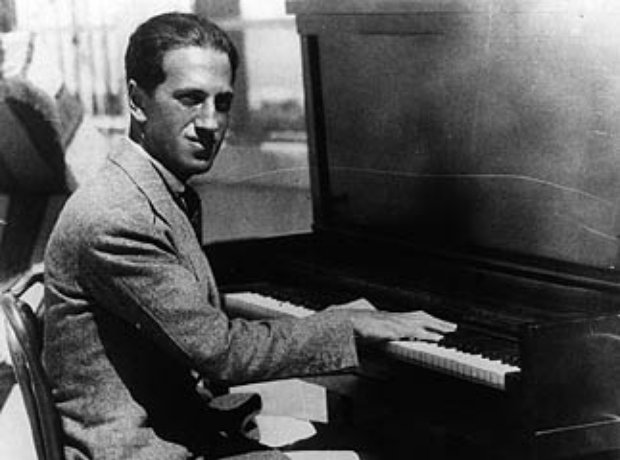
5. Rhapsody in Blue
In January 1924, Gershwin reportedly learned from a newspaper article that he was meant to be writing a ‘jazz concerto’ for a programme of new American music to be given by the popular dance band leader Paul Whiteman a month later. Writing at manic pace, Gershwin composed a two piano version, which was then orchestrated by Whiteman’s arranger. Rhapsody in Blue, with Gershwin as soloist, was a triumph and today it is hailed as a landmark in American music.
-
-
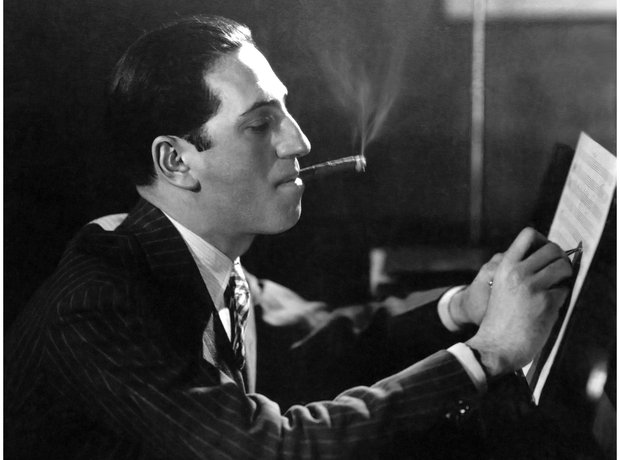
6. Piano Concerto in F
One year on from Rhapsody in Blue, Gershwin extended his innovative jazz-influenced classical style even further with his piano concerto. It was premiered by the composer with the New York Symphony Orchestra, conducted by Walter Damrosch. The conductor described Gershwin as ‘the Prince who has taken Cinderella [jazz] by the hand and openly proclaimed her a princess to the astonished world, no doubt to the fury of her envious sisters.’
-
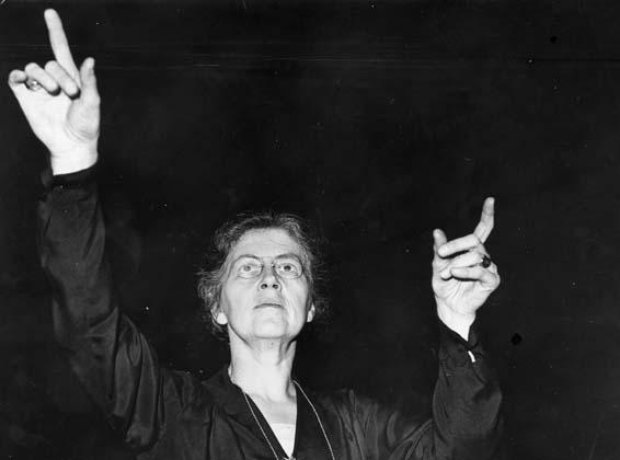
7. An American in Paris
In the mid-1920s, Gershwin stayed in Paris for a short period, during which he applied to study composition with the noted Nadia Boulanger - pictured - who, along with several other prospective tutors such as Maurice Ravel, rejected him. She was afraid that rigorous classical study would ruin his jazz-influenced style. While in the French capital, Gershwin wrote An American in Paris.
-
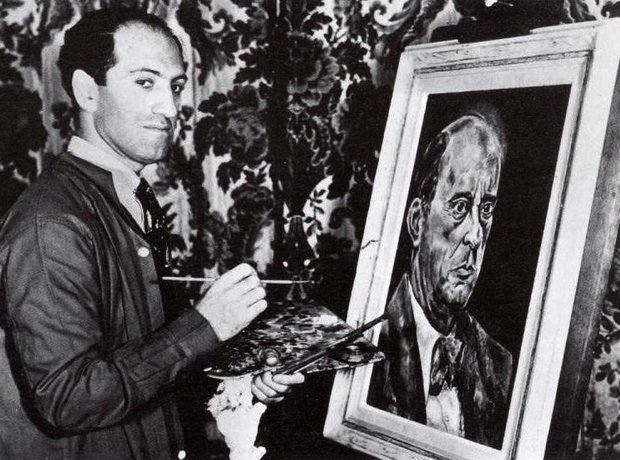
8. Fascinated by modernism
Gershwin was intrigued by the modernist works of Berg, Shostakovich, Stravinsky, Milhaud, and Schoenberg. He asked Schoenberg - who he also painted - for composition lessons. Schoenberg refused, reportedly saying ‘I would only make you a bad Schoenberg, and you're such a good Gershwin already.’
-
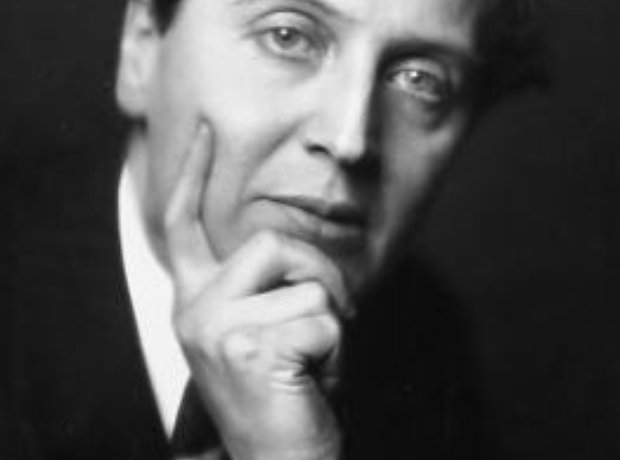
9. Admiration for Alban Berg
Of the modern European masters, Berg fascinated Gershwin most. He studied the score of Berg’s Lyric Suite on a train from Vienna to Paris, and had the work played at several glamorous parties. Gershwin even hung an autographed photo of Berg in his apartment, alongside a picture of the boxer Jack Dempsey and a punch bag.
-
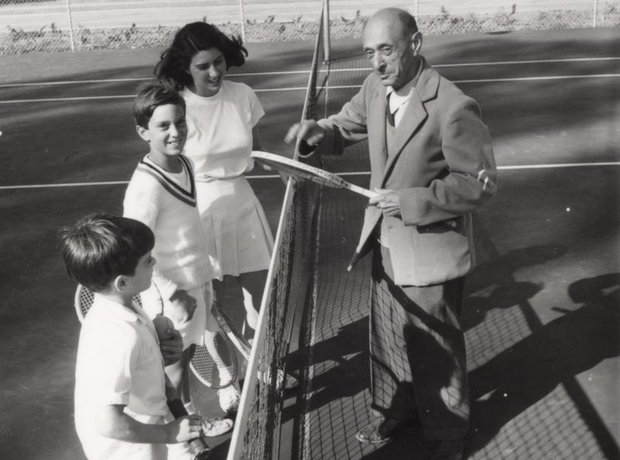
10. Anyone for tennis?
Gershwin enjoyed playing tennis with Schoenberg once a week. Gershwin’s playing was described as ‘nervous’ and ‘nonchalant’, ‘relentless’ and ‘chivalrous’ – while Schoenberg was ‘overly eager’ and ‘choppy.’ Schoenberg is pictured here with his family.
-
-
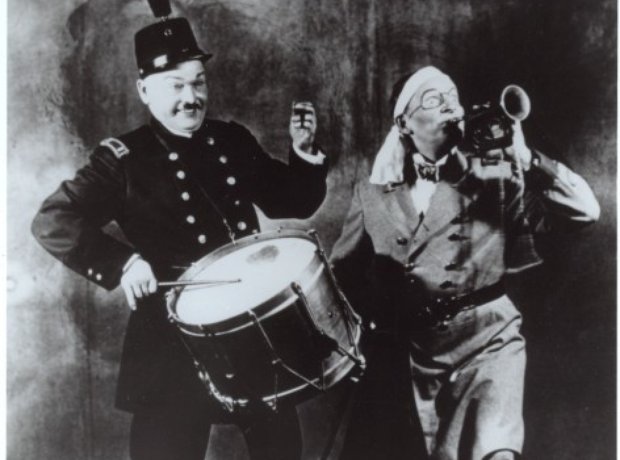
11. A string of hit shows and songs
Despite George's success with concert works, the Gershwins continued to write hit musicals – Oh, Kay! (1926), Funny Face (1927), Strike Up the Band (1927 and 1930 - pictured), Show Girl (1929), Girl Crazy (1930) – which introduced the song, ‘I Got Rhythm’. Of Thee I Sing (1931) was the first musical comedy to win a Pulitzer Prize (for Drama).
-
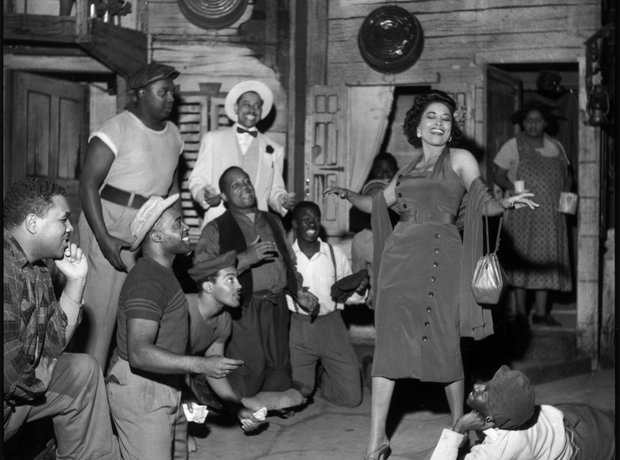
12. Porgy and Bess
Gershwin's most ambitious composition was Porgy and Bess, which he called a ‘folk opera’. The action takes place in the fictional neighbourhood of Catfish Row, South Carolina. The opera contains some of Gershwin's most sophisticated music and some huge hit arias – ‘Summertime’, ‘I Got Plenty o' Nuttin'’ and ‘It Ain't Necessarily So’. When it was first performed in 1935, it was a box office flop. It is now widely regarded as one of the most important American operas of the 20th century.
-
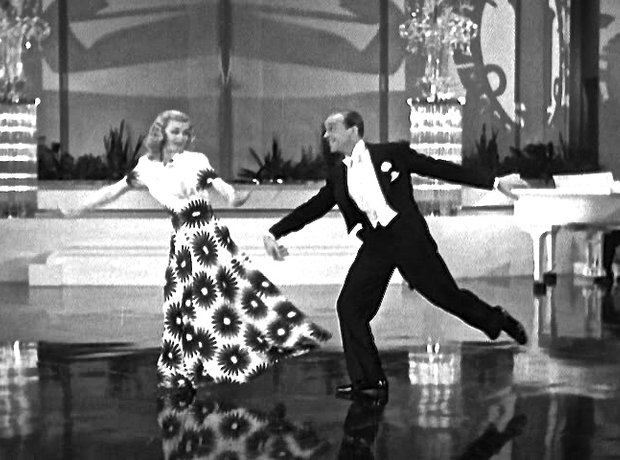
13. Shall We Dance
After the disappointing reception for Porgy and Bess, Gershwin moved to Hollywood and worked on many film scores. His music for Shall We Dance, starring Fred Astaire and Ginger Rogers, married ballet with jazz in a new way, and ran for more than an hour in length. It took Gershwin several months to write and orchestrate it.
-
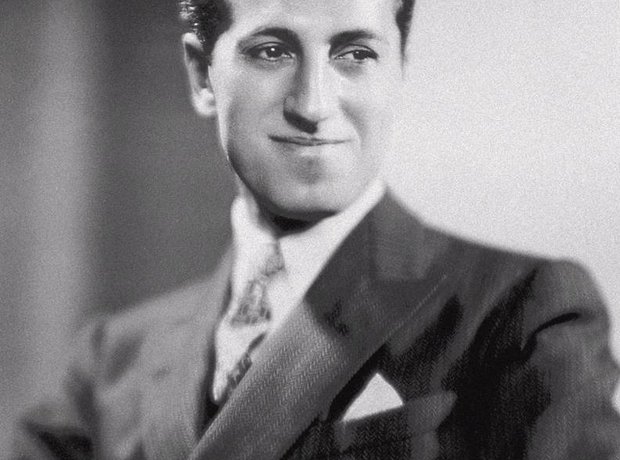
14. Final illness
Early in 1937, Gershwin began to complain of blinding headaches and there were signs he was suffering coordination problems. He was diagnosed with a brain tumour. An operation was unsuccessful, and Gershwin died on 11 July at the age of 38.
-
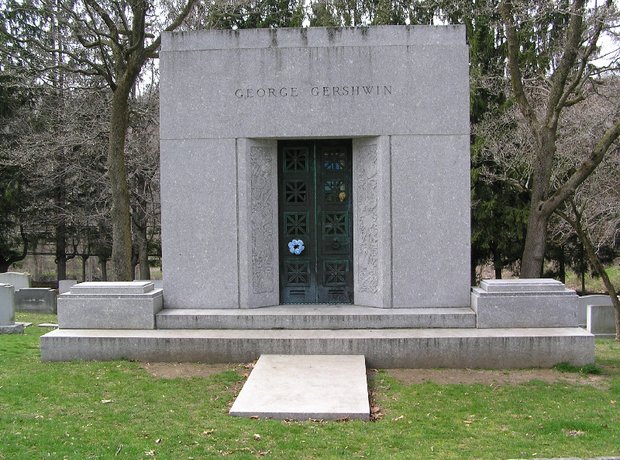
15. George Gershwin - a lasting legacy
From the opening clarinet glissando of Rhapsody in Blue to such standards as 'Embraceable You' and 'Someone to Watch Over Me', Gershwin's music has been part of our world for almost a century. It evokes an era of glamour and sophistication and gave the United States its first authentic voice in the concert hall. The American singer Michael Feinstein has said, 'The Gershwin legacy is extraordinary because George Gershwin died in 1937, but his music is as fresh and vital today as when he originally created it.'
